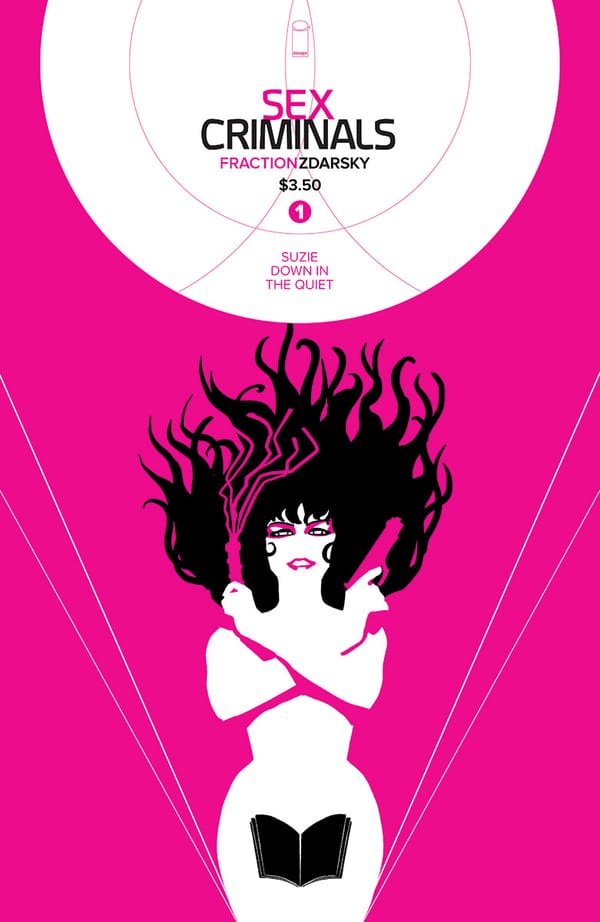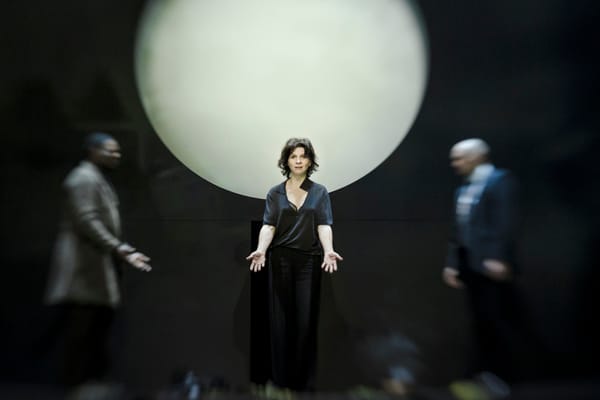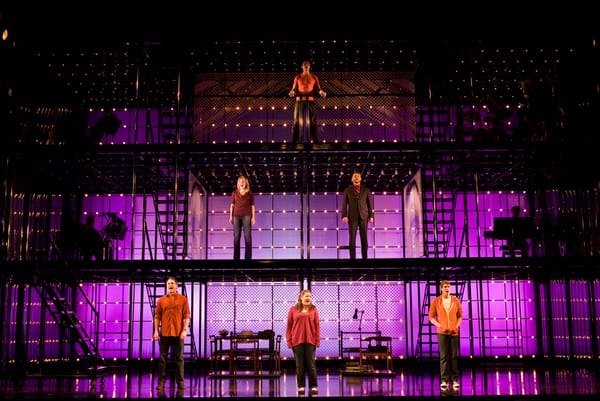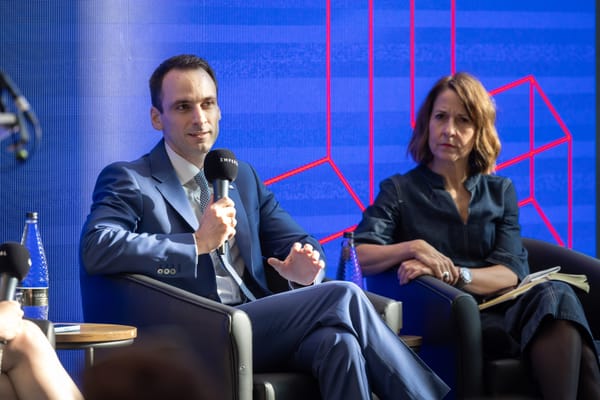Will the real Wellington please stand up?
Fred Fyles is underwhelmed by this new exhibition of Wellington portraits
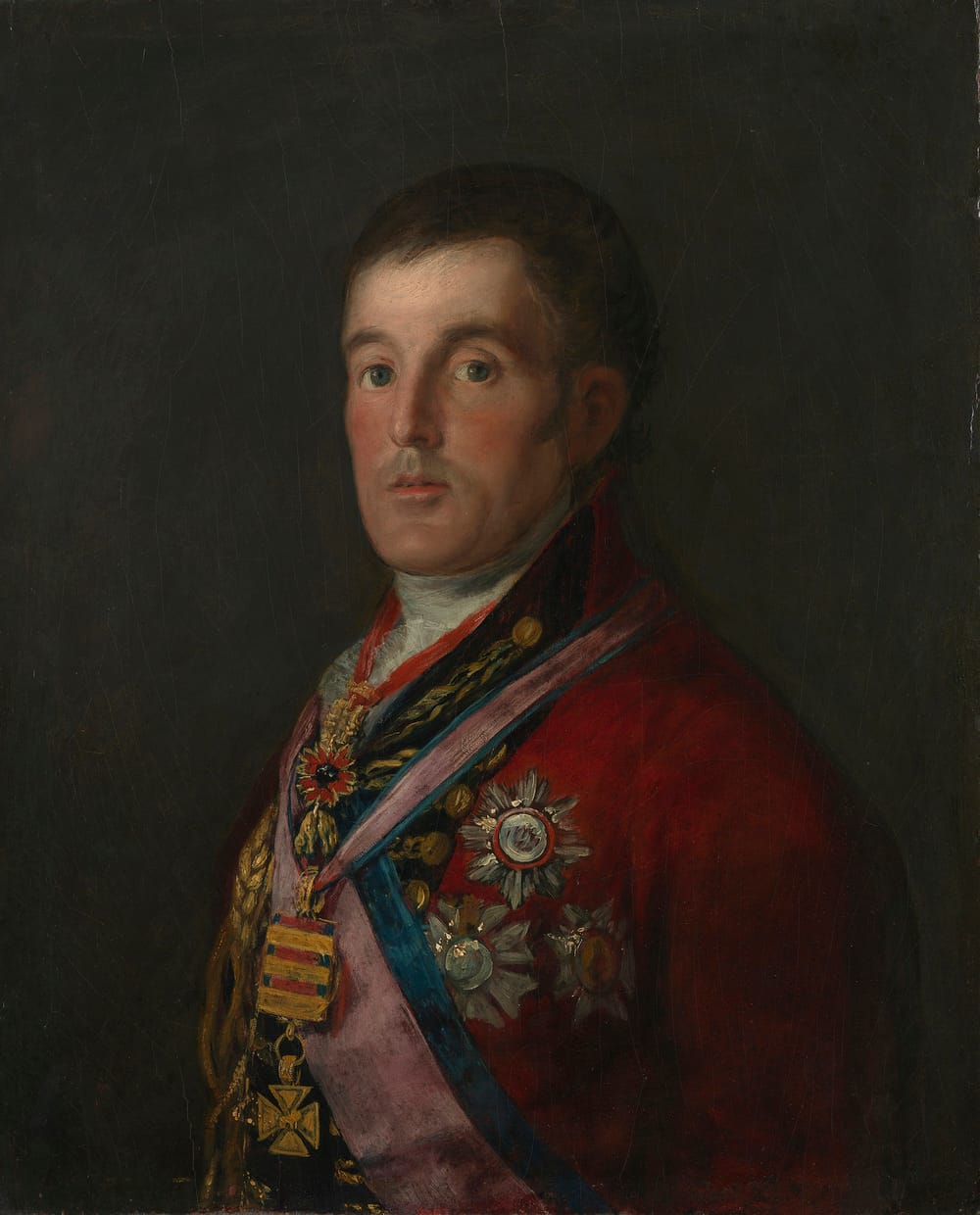
The aim of the National Portrait Gallery’s latest collection is, explains the curator, to “put Wellington’s great reputation back on the map”. This somehow implies that it ever went away. The Duke of Wellington is such a well known figure, carved both on the national consciousness and on numerous memorials, that it makes such an exhibition – _Wellington: Triumphs, Politics, and Passions _– somewhat redundant. Unless, that is, they can stage an exhibition that allows us to look at the Duke in a new light.
Sadly, the National Portrait Gallery doesn’t manage this; instead, what we get are the same pictures we are used to again and again. Marking out his life through a series of portraits, Wellington stares down at us in regalia in an early John Hoppner, pensively gazes from a Goya, and considers his surroundings in a study by Sir Thomas Lawrence. These portraits are interspersed with other artefacts, such as metalware emblazoned with his face, and plates painted with the battle of Waterloo – camp artefacts of high kitsch.
Some things in the exhibition do stand out; the diary of Edmund Wheatley, for example, made during the Peninsular War, in which he sets descriptions of his everyday life with exquisite watercolours, is a highlight. Elsewhere, a painting by James Ward, entitled The Triumph of Arthur, shows Wellington as a near-angel, surrounded by golden mythical figures. It is overblown, gaudy, horrific, tacky, and utterly marvellous. If only there were more like it in the exhibition, rather than the status quo images we are so used to consuming.
Ultimately, the main problem with the exhibition is simply that it doesn’t give us a proper insight into what Wellington was like as a man. It comes close to this when, in the later sections, we find out about his close friendships, and see how he was satirised by the newspapers of the day. Ultimately, it would be great to have more things like this, that would allow us to see what the man was like behind the image. This would truly allow us to get a measure of Wellington, not as an icon, but as a man instead. If the National Portrait Gallery had chosen to do this, then perhaps the show would have been more interesteing, but ultimately all we have are a collection of portraits, from which Wellington stares out, with cold, unblinking eyes.
Wellington: Triumphs, Politics, and Passions is on at the National Portrait Gallery until 7th March. Entrance free.



